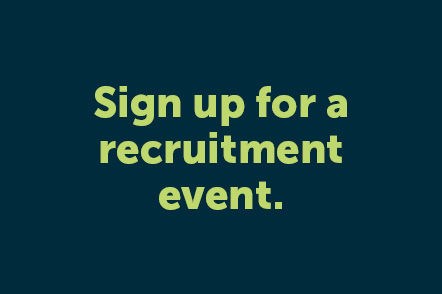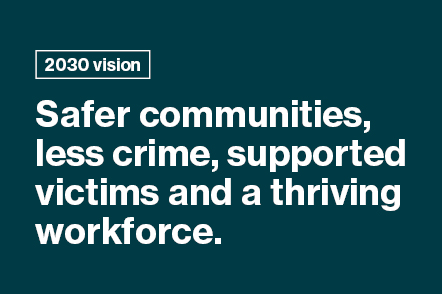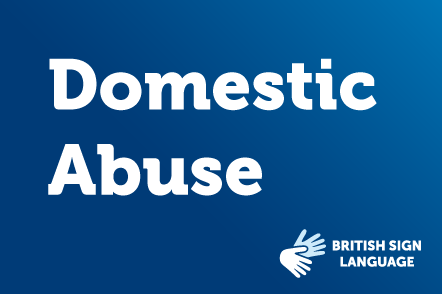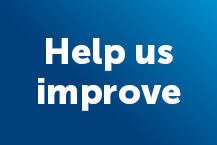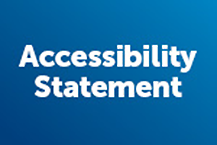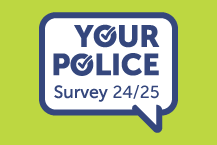Air Support Unit Q&A
In the latest of our Q&A sessions, we head to a heliport on the south bank of the Clyde to speak to officers Alan Graham and Paul McGowan of the Air Support Unit, and grill those magnificent men in their flying machine about all things aviation.
Thanks for having me along, gents. So, do you need previous flying experience to join the ASU?
No, no previous experience required. Police Scotland provide the policing element, not the actual pilots. Babcock supply us with the pilot, the helicopter, the facilities and equipment to do the job. When we’re in the air, the configuration of the aircraft is there’s a police observer up front with the pilot, another in the rear, plus one spare seat so we can take a passenger if needed.
What are the roles of the police officers in the helicopter if they’re not doing any actual flying?
The observer in front operates the camera and is responsible for the tasking of the aircraft. The one in the back pretty much does everything else; navigation, the communication with officers on the ground, photography and visual searching. The pilot is in overall command, though. So if there are reasons for the job to end due to any technical issues or bad weather, the final call comes from the pilot
And how do you get into the unit as an observer?
You need to have completed your two year probation to begin with. From there there’s quite a tough selection process to go through. There’s an interview and a five day evaluation where we test to see if you have the basic skills to become an air observer . It's a week spent with the crews learning the very basics of navigation and we also need to check that you’re not going to get air sick, that you can multitask, and ultimately that you show potential to go onto the full four week training course. The full course is run in-house and takes you through a comprehensive syllabus covering subjects such as principles of navigation, operating the aircraft role equipment, as well as attending external training courses, such as fire-fighting, and helicopter underwater escape training, which is very unnatural, and which we have to do every three years.
At the end of the course, you undergo an assessment flight - in aviation they call it a line check - which checks all your competencies to make sure you’ve met the standard required to become an observer. Each observer then has to complete a line check annually to ensure you are still maintaining the required standard.
Do you do a lot of work with other emergency services?
Yes, we often work alongside the fire service, the Coastguard, and both police and civilian Mountain Rescue Teams, We have both Airwave and VHF radio in the aircraft to allow us to communicate with other teams and services.
And the most common types of call out you receive?
Missing persons makes up the large majority of our work. We are good at searching large open areas and can search a square mile of open ground in about 12 minutes. We also respond to any ongoing dynamic incident like vehicle pursuits or suspect searches as well as assisting various departments within the police by taking planning or evidential aerial photographs.
I guess the unit gets involved when there are big events going on with large crowds?
Yeah, we provide a command and control platform for major events like football matches, parades and demonstrations . We have the ability to downlink our images to the area control rooms, so the commanders in the events room can see what we’re seeing on our camera and they can direct us to look at different things. We’re also involved with monitoring crowd dynamics and road conditions at large events, making sure people get to and away from the events safely, and responding to any incidents that are ongoing.
What other kinds of equipment do you use?
The aircraft is an Airbus H135-T3. It’s very modern, and the only T3 variant used by Police in the UK just now. It’s fitted with a multi-sensor camera, which contains a daylight, low light, and thermal image camera all in the one housing. Our GPS is also in the same unit, and it links in with our computer system, a sophisticated moving map which can provide a computer generated image that overlays streets and street names on to the video feed from the camera. This reduces the workload of the observer and it makes us a lot more efficient during ongoing incidents such as vehicle pursuits which are usually very fluid.
The other main piece of equipment we use is the searchlight, which is capable of lighting up an area the size of half a football field. It’s primarily used to light up an area for officers on the ground or to direct them to something we have spotted on the thermal image camera. We also have Night Vision Goggles to assist during rural operations at night as well as a variety of digital cameras for aerial photography.
We also have Tracker fitted to the aircraft, similar to the one used in traffic cars, which allows us to trace stolen vehicles fitted with the system.
I noticed a lot of crests on the hallway wall. Where are they from?
We often have visitors and training sessions with officers from other police departments, investigative bureaus and emergency services from all over the world. They often bring their organisation's coat of arms as a gift. You can see here we've got badges from the DEA, The Royal Hong Kong Police and officers from Milan in Italy.
Okay, very important question now. Blue Thunder or Airwolf?
Airwolf. No contest.
And lastly, Wings of the Apache or Top Gun?
Top Gun.
Really? That’s surprising. Controversial even.
Well, Top Gun has a better soundtrack.

